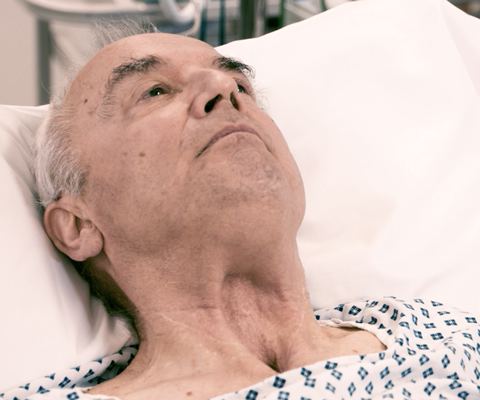Oesophageal Speech
Oesophageal speech (swallowing air) used to be the most common way that people learned to speak after a laryngectomy. Essentially, air is swallowed, and then 'burped' back up again, but in a controlled manner. Think of some children talking and burping at the same time. As the air passes through the muscles of the throat it causes vibrations. By moving the mouth and lips as you would when speaking normally, patients learn to use these vibrations and turn them into speech.
With practice, patients can control this process really well and although sentences are limited to 4 or 5 words typically, the best oesophageal speakers can manage over 100 words per minute. About 1 in 3 laryngectomees manage this very well.
You don't need any special equipment and it might be a useful option for patients who feel self-conscious with an electrolarynx, or lack coordination to use one effectively. The voice is typically low pitched and can be quiet, but patients have returned to jobs where talking is important and have done this very effectively with oesophageal speech.
